Mother caught in Morocco earthquake that killed 3,000 gives birth in tent among the ruins
Nezha gave birth to her third child, Anas, after the devastating tremor hit while she was nine months pregnant
A mother has given birth to a baby boy in the aftermath of the devastating earthquake in Morocco.
The disaster hit at 11pm on 8 September, with the latest figures from the Moroccan government reporting it has now claimed over 3,000 lives and left thousands more injured.
Buildings have collapsed and villages near the epicentre have been completely decimated, including Amizmiz, 50km south-west of Marrakesh. But even in one of the communities most heavily hit by the earthquake there have been rays of hope, relief workers say.
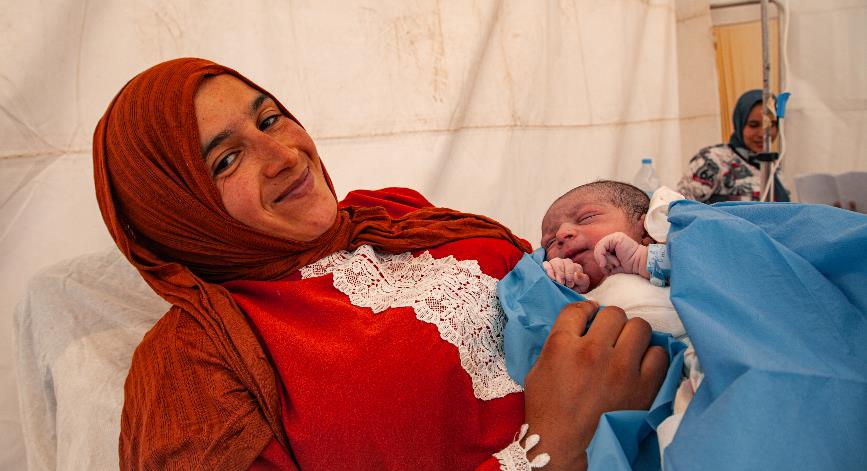
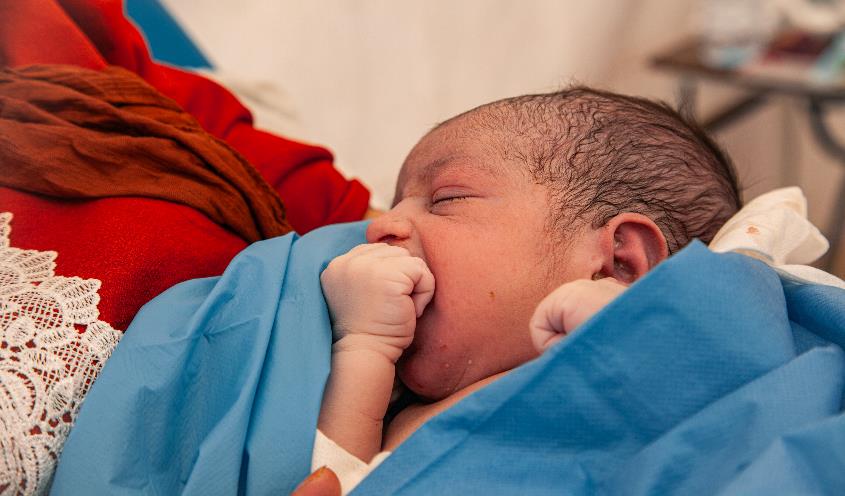
Supported by the Moroccan Red Crescent, Nezha gave birth to her third child in a makeshift tent amongst the ruins. Baby Anas was named after one of the nurses who helped deliver him.
Benoit Carpentier, IFRC (International Federation of Red Cross and Red Crescent Societies) communications manager, reached the village on 18 September. Ten days after the quake, he encountered search and rescue teams beginning to pack up, having pulled both survivors and casualties from the rubble.
“What’s striking as we entered the small town is the buzzing main street, with only a few visibly destroyed houses. An eerie semblance of normality”, Mr Carpentier said.
“But as we passed through the small side streets in the heart of the city, it’s chaos. Hundreds of houses have collapsed on top of each other. All that remains is rubble and dust.
“It was just as we entered one of these tents, located on the edge of the main roundabout with its continuous flow of cars and trucks bringing relief supplies, that baby Anas was born.”
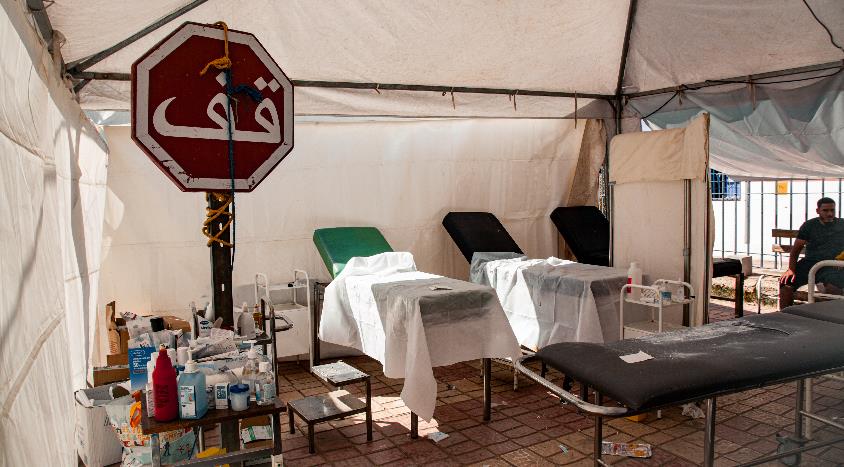
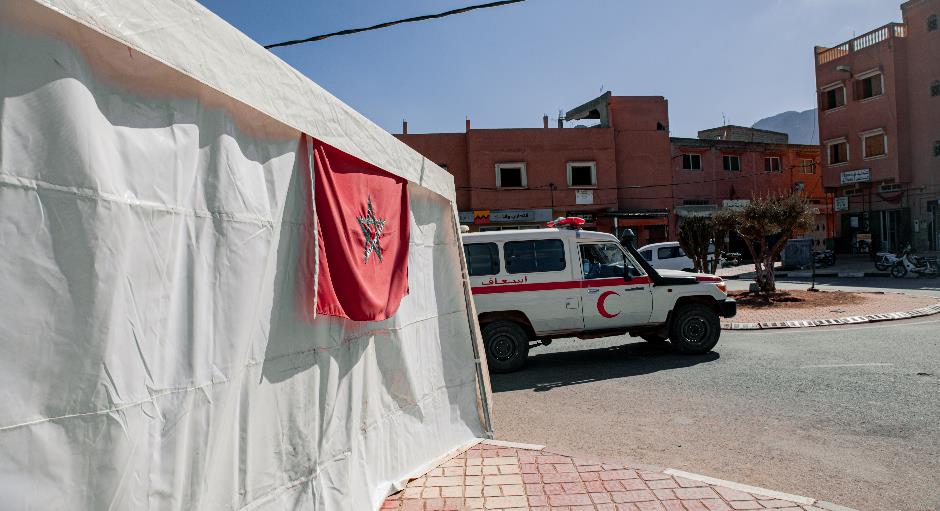
The makeshift tent exceeded 35C, with just one delivery table and a small desk.
But by the end of the day, the local branch had relocated the improvised maternity ward to a temporary structure that had both electricity and air conditioning.
“As our response to the earthquake continues, it’s precious moments like this—a mother cradling her healthy newborn son—that keep our volunteers and staff going amid the heartbreak and devastation,” he added.
Join our commenting forum
Join thought-provoking conversations, follow other Independent readers and see their replies
Comments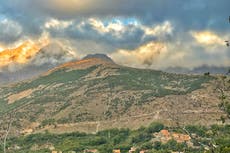
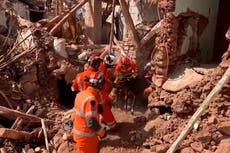



Bookmark popover
Removed from bookmarks